Since we’re all trapped inside for the foreseeable future, it feels like a great time to share this fun little DIY project I found from a wonderful Etsy shop, One Man, One Garage! I purchased this back during the great bedroom flood debacle and assembled it when I needed a meditative little break; it was absolutely perfect.
One Man, One Garage creates laser-cut wood craft kits. All you have to do is carefully pop the pieces out of each board and assemble them, following the numbers etched into each piece. Instructions are provided online, but I honestly didn’t need them. This kit, despite looking incredibly intricate when complete, was very intuitive and smartly-designed. While not all the designs in this shop are Japanese in nature, this pagoda lantern caught my eye immediately and I knew I wanted to share it with you! Look how beautiful it is once it’s all lit up! The shop says it’s safe to use a tealight candle, but I’ve used an LED one here just in case.
It arrived tightly sealed, which helped keep all the pieces snug. This way there’s no risk of breakage. There was also a sweet little hand-signed postcard included, which is a personal touch that I really love when dealing with small artisan shops like this.
The only flaw I found in the kit was a very minor one, and I suspect a one-off issue. One of the laser cuts didn’t seem to have gone fully through the wood, which resulted in a bit of difficulty removing a piece. A tiny fragment broke off one end, but it wasn’t enough to impede assembly and it’s not even visible now that it’s all put together. I’m sure if I had contacted the shop they would have worked with me to sort it out, but it was such a tiny problem that I didn’t feel like it was worth bringing up. I just wanted to mention it here in the interest of being thorough.
Overall, this was a very fun, quick, and relaxing little craft. I love how it looks with the light in it, and I’m definitely going to be buying the Zen Garden kit (how utterly adorable is the little maneki neko?!) once I’m back at work and have some cash to spare. 🙂
I purchased this item myself and chose to review it.

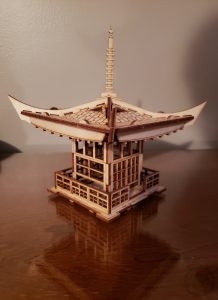
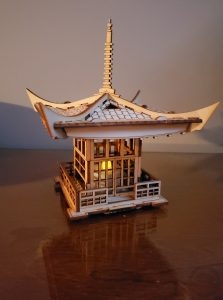
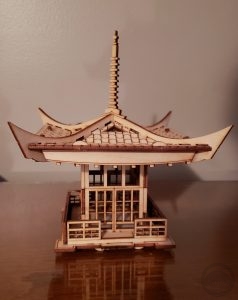
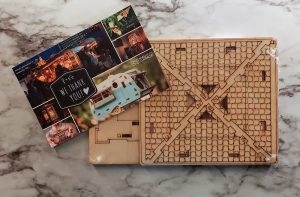

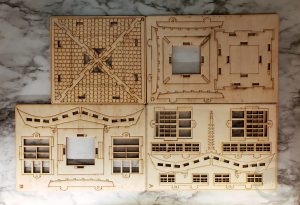

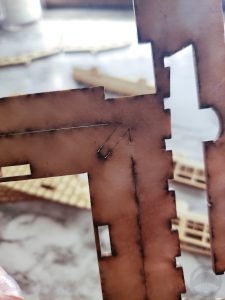
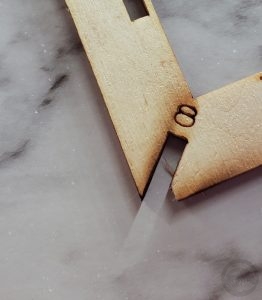
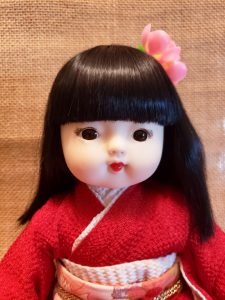





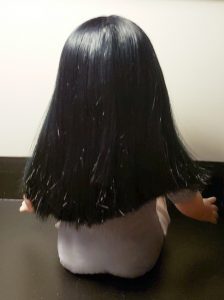
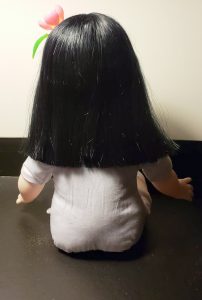
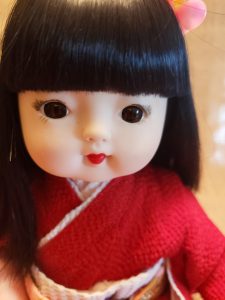
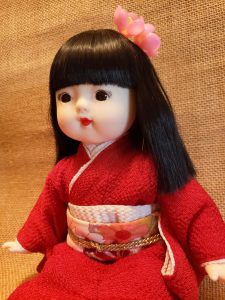
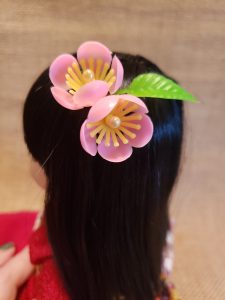

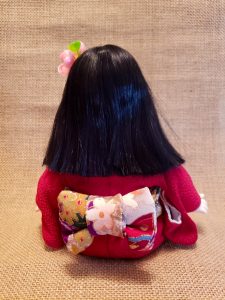
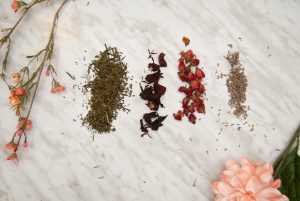
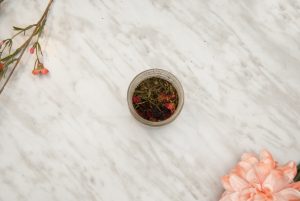
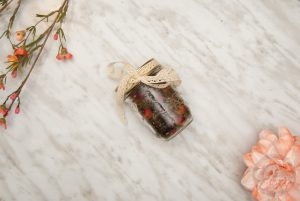
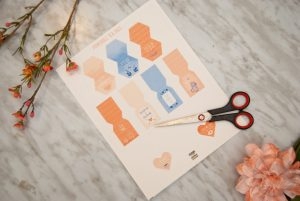
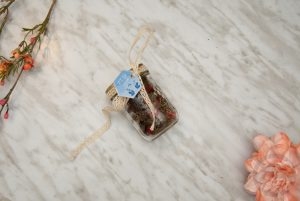
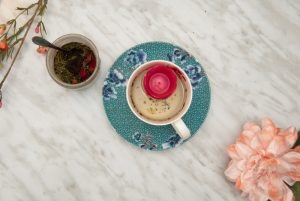
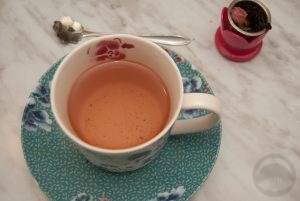

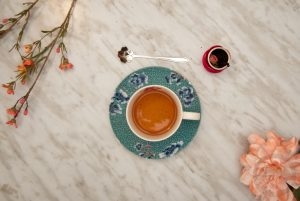
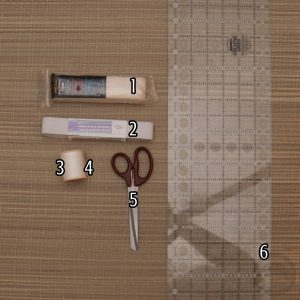


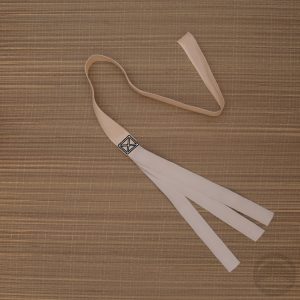

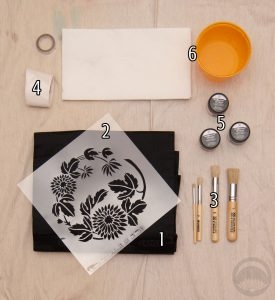
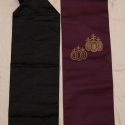
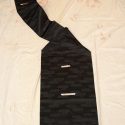
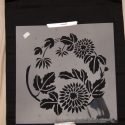
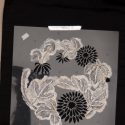

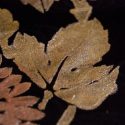
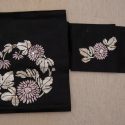
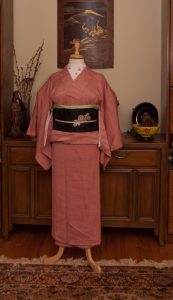
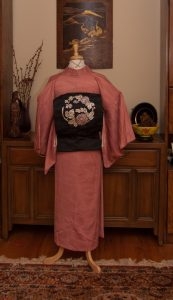
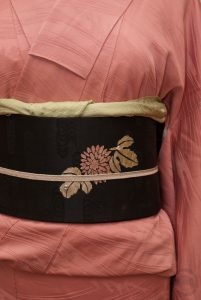
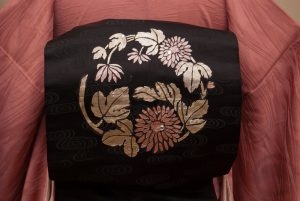
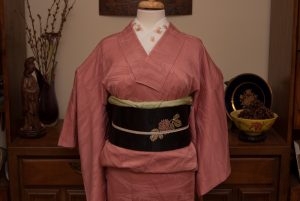
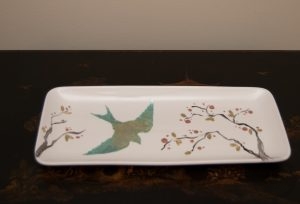
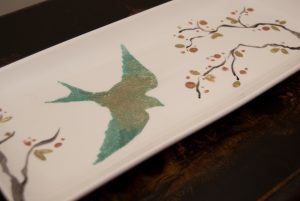

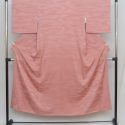
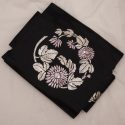

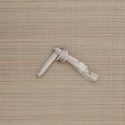
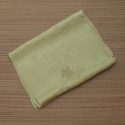











 Bebe Taian
Bebe Taian CHOKO Blog
CHOKO Blog Gion Kobu
Gion Kobu